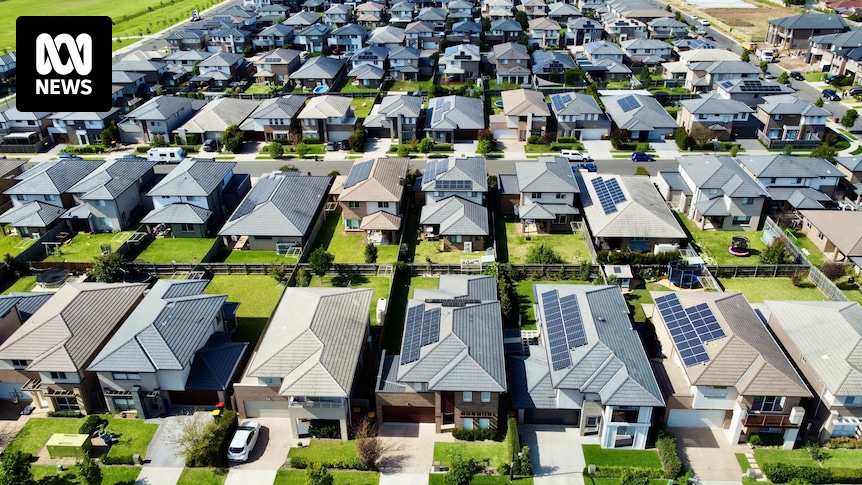
On a narrow strip of land in Sydney, architect Adam Haddow has crafted a 69m² brick house that challenges conventional notions of luxury and space. This innovative dwelling, designed for Haddow and his husband, is a bold experiment in minimalist living, featuring a bedroom, a study, a kitchen, a lounge, and a rooftop garden—all within a compact multi-level structure.
Haddow, who also serves as the national president of the Australian Institute of Architects, realized that much of the space in their previous, larger home went unused. This realization sparked a question: could downsizing not only enhance their quality of life but also offer a solution to broader societal issues?
Rethinking the Australian Dream
The house, which won the 2023 Robin Boyd Award for Residential Architecture, has been lauded as a “spectacular example of a new approach to urban infill.” This recognition comes as Australia grapples with a housing crisis, prompting a reevaluation of the traditional four-bedroom, standalone house model.
Kevin McCloud, a renowned architecture commentator, highlighted the liberating aspect of Haddow’s design. “There’s a big lesson in this building about letting go,” McCloud said, emphasizing the freedom that comes from reducing unnecessary possessions and space.
Despite its appeal, Haddow’s house remains financially inaccessible for many. However, experts argue that smaller homes could reduce housing costs and expedite construction.
The Cultural Shift Towards Minimalism
Architecture critic Elizabeth Farrelly once remarked that Australians’ penchant for large homes stems from a cultural desire for more. “We’re all taught to want as much as we can possibly get,” she noted, critiquing the trend of ever-expanding homes.
Data from property research firm Cotality reveals a disconnect between household sizes and home dimensions. More than 60% of Australian households consist of one or two people, yet the majority of homes have three bedrooms. This disparity raises questions about the necessity of such expansive living spaces.
“The average floor area of newly built detached houses in Australia is 232m²,” according to the Australian Bureau of Statistics.
Economic and Environmental Considerations
Haddow believes that the concept of a “forever home” has driven Australians to build larger than necessary. Stamp duty and property investment strategies further incentivize the construction of bigger homes, despite declining household sizes.
Jeremy McLeod, founder of Breathe Architecture, calls for a reevaluation of Australia’s housing design in light of climate and cost-of-living pressures. Dr. Julie Collins, an expert in architectural history, points out that post-war trends led to larger homes, a pattern that persists despite changing societal needs.
Embracing Smaller Spaces
Sue Schlesinger’s experience of downsizing underscores the benefits and challenges of smaller living spaces. While she misses her backyard, she appreciates the simplicity and views her apartment offers. Professional organizer Lissanne Oliver, who assisted Schlesinger, emphasizes the value of decluttering and optimizing space.
Oliver poses a thought-provoking question: “What would you actually put in your space if your house burnt down?” This query encourages a reassessment of material possessions and their impact on living space.
Future Directions in Housing
As Australians begin to value outdoor spaces more, Haddow anticipates a shift towards smaller homes. Housing economist Cameron Kusher suggests that smaller homes could lower costs and allow for future expansions, adapting to changing needs over time.
“Australia has some of the least dense cities in the world,” notes Dr. Nicola Willand, advocating for increased housing density through diverse housing options.
Dr. Willand also highlights the need for sustainable housing practices, urging a balance between environmental and social considerations. She argues that achieving sufficiency in housing requires redefining space needs and recognizing the environmental impact of large homes.
As Australia navigates its housing crisis, the conversation around home size and design continues to evolve. The challenge lies in balancing cultural expectations with economic realities and environmental responsibilities, potentially redefining the Australian Dream for future generations.






